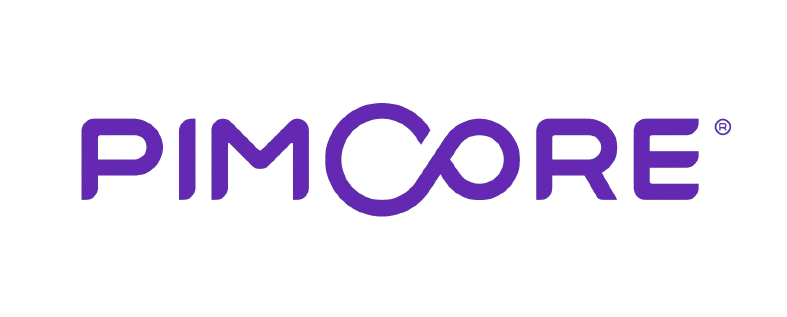PIM Systems & Integration
Why Product Information Management (PIM) matters: across all sales channels, digital and analog, consistent, complete, and up-to-date product information is a key success factor. When data from different sources is maintained manually, errors, inconsistencies, and unnecessary effort quickly arise.
A modern PIM system solves these challenges: it centralizes all product information, ensures data quality, and automatically distributes content to all channels—from online shops and sales partners to print publications and social media apps.
The result: more efficient processes, happier customers, and a noticeably higher conversion rate.
How does a strong PIM work?
Components & processes – a powerful PIM includes:
Data model & attributes (product structures, variants, translations)
Workflows for enrichment, approvals, translations, and data quality
Import & integration from ERP, PLM, DAM, or supplier systems
Export interfaces to shops, marketplaces, apps, print, or social media
Governance & rights management for secure data handling
A Product Information Management (PIM) system serves as the central platform for managing, enriching, and distributing product data—and as the key interface between source systems (e.g., ERP, PLM, DAM) and target channels (e.g., online shops, marketplaces, catalogs).
Benefits of a PIM Integration
Poor data quality in source systems
Unclear requirements & lack of stakeholder involvement
Wrong system choice or overcustomization
Integration in complex IT landscapes
Change management, training needs & siloed knowledge
Consistent data across all channels
Reduced maintenance effort through a single data source
Faster product launches & time-to-market
Improved customer experience through accurate, complete information
Fewer returns due to precise product data
Scalability & internationalization (translations, localization)
Compliance & data security
Significantly lower error rates thanks to automated validation and workflows
Our Services: From Strategy to Hypercare
As a leading Digital Experience Partner, our diva-e Conclusion experts support your company throughout the entire PIM journey:
FAQ
Between 3 and 9 months – depending on complexity and system landscape.
Costs vary depending on the provider, feature set, and integration effort.
ERP focuses primarily on commercial data. PIM is dedicated to rich product information for marketing and sales.
Ready to future-proof your product data management and scale your e-commerce business?
Contact us today – we’ll guide you from strategy to successful PIM integration.










